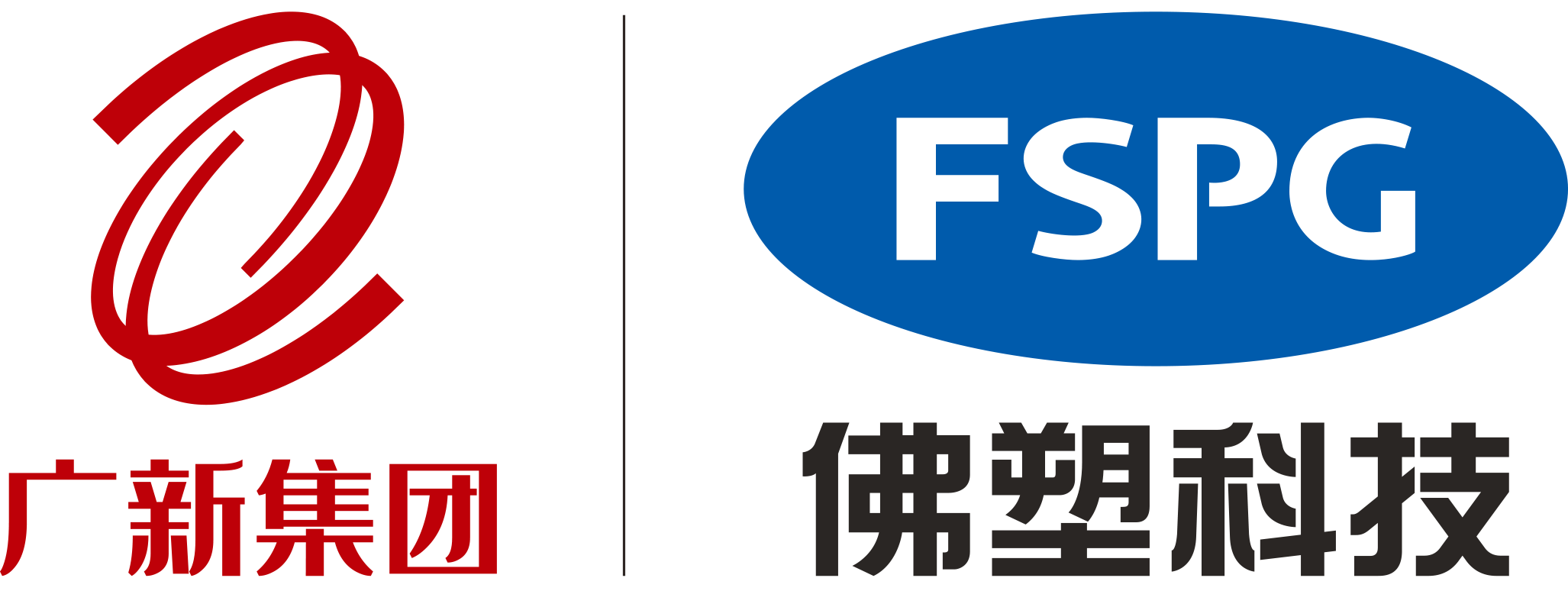FSPG
Agricultural greenhouse fabric is a unique type of film material used in the agricultural industry, made from polyethylene (PE).
Agricultural greenhouse fabric serves as a protective cover for agricultural greenhouses, offering light transmission, heat insulation, and rain prevention capabilities. It typically consists of a multilayer composite film, allowing for different thicknesses and materials based on specific requirements.
Type | Function | Specification | Color | Application |
Agricultural Greenhouse Fabric | High tear,durability, and aging resistance; Type:white,blue,black&white; | 120g/160g/150g/90g | livestock breeding and planting greenhouse. |
Excellent light transmission ability. The fabric used in agricultural greenhouses allows ample sunlight to pass through, promoting plant photosynthesis and growth. This improves the quantity and quality of agricultural products. The fabric creates an optimal growth environment by providing sufficient light and temperature, which enhances crop yield and quality.
Prolonged growing season. The agricultural greenhouse fabric can create a greenhouse environment. The fabric prevents heat loss, creating a warm environment that helps plants maintain suitable temperatures during cold seasons or at night.
Waterproof and rain-resistant function. The agricultural greenhouse fabric effectively blocks rainwater infiltration, maintaining a dry environment inside the greenhouse. This reduces the occurrence of diseases and pests.
Water and energy conservation. The agricultural greenhouse fabric reduces water evaporation and loss, resulting in decreased irrigation water consumption. Additionally, its thermal insulation properties contribute to energy savings.
Disease and pest resistance. The fabric acts as a barrier, effectively preventing the invasion of diseases and pests.
Livestock and poultry breeding: Agricultural greenhouse fabric is utilized to cover greenhouses for livestock and poultry breeding, creating an optimal temperature and environment that promotes animal growth and reproduction.
Vegetable cultivation: Agricultural greenhouse fabric is a commonly used covering material in vegetable cultivation. It safeguards vegetables against diseases, pests, and adverse weather conditions, ultimately enhancing both yield and quality.
Flower cultivation: Agricultural greenhouse fabric can be employed to enclose flower greenhouses, providing suitable temperature and lighting conditions. This extends the flowering period and enhances the overall quality of the flowers.
Fruit tree farming: Agricultural greenhouse fabric is beneficial for fruit tree cultivation.
Mushroom cultivation: Agricultural greenhouse fabric is also suitable for mushroom planting.
Agricultural greenhouse fabric is a unique type of film material used in the agricultural industry, made from polyethylene (PE).
Agricultural greenhouse fabric serves as a protective cover for agricultural greenhouses, offering light transmission, heat insulation, and rain prevention capabilities. It typically consists of a multilayer composite film, allowing for different thicknesses and materials based on specific requirements.
Type | Function | Specification | Color | Application |
Agricultural Greenhouse Fabric | High tear,durability, and aging resistance; Type:white,blue,black&white; | 120g/160g/150g/90g | livestock breeding and planting greenhouse. |
Excellent light transmission ability. The fabric used in agricultural greenhouses allows ample sunlight to pass through, promoting plant photosynthesis and growth. This improves the quantity and quality of agricultural products. The fabric creates an optimal growth environment by providing sufficient light and temperature, which enhances crop yield and quality.
Prolonged growing season. The agricultural greenhouse fabric can create a greenhouse environment. The fabric prevents heat loss, creating a warm environment that helps plants maintain suitable temperatures during cold seasons or at night.
Waterproof and rain-resistant function. The agricultural greenhouse fabric effectively blocks rainwater infiltration, maintaining a dry environment inside the greenhouse. This reduces the occurrence of diseases and pests.
Water and energy conservation. The agricultural greenhouse fabric reduces water evaporation and loss, resulting in decreased irrigation water consumption. Additionally, its thermal insulation properties contribute to energy savings.
Disease and pest resistance. The fabric acts as a barrier, effectively preventing the invasion of diseases and pests.
Livestock and poultry breeding: Agricultural greenhouse fabric is utilized to cover greenhouses for livestock and poultry breeding, creating an optimal temperature and environment that promotes animal growth and reproduction.
Vegetable cultivation: Agricultural greenhouse fabric is a commonly used covering material in vegetable cultivation. It safeguards vegetables against diseases, pests, and adverse weather conditions, ultimately enhancing both yield and quality.
Flower cultivation: Agricultural greenhouse fabric can be employed to enclose flower greenhouses, providing suitable temperature and lighting conditions. This extends the flowering period and enhances the overall quality of the flowers.
Fruit tree farming: Agricultural greenhouse fabric is beneficial for fruit tree cultivation.
Mushroom cultivation: Agricultural greenhouse fabric is also suitable for mushroom planting.
Home | Products | Green Product | Contact Us | Sitemap | Privacy Policy
